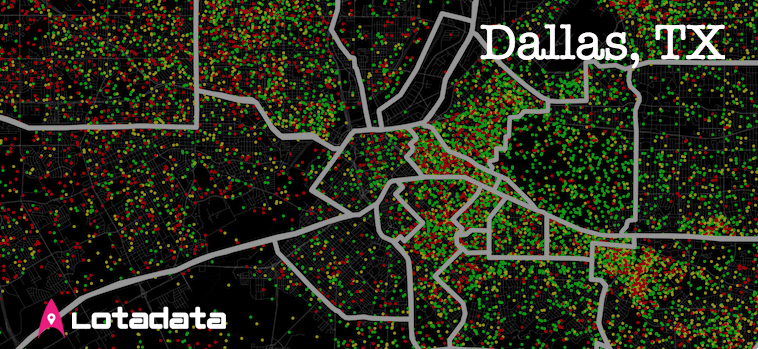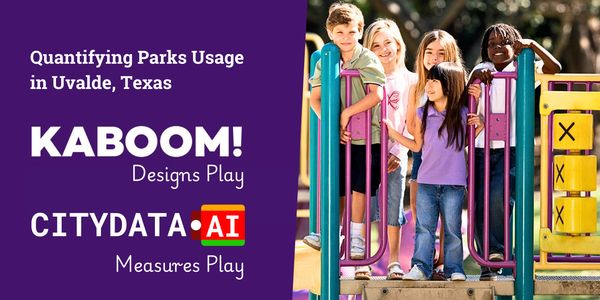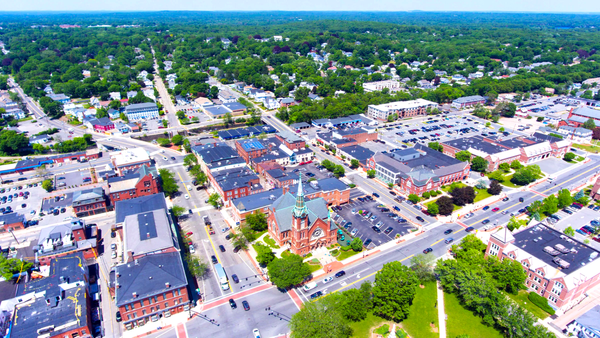City Spotlight: Think you know Dallas?

History
Dallas is "the city without a reason to exist," the city that built itself up from its bootstraps. Thanks to the determined grit of early settlers, Dallas had the chance to thrive. Capitalizing on the opportunity, Dallas slowly grew into the main economic powerhouse of North Texas.
Unfortunately, around 1975, thousands of Dallas residents began emptying out into the suburbs of the surrounding Dallas-Fort Worth (DFW) area. For many decades, this shift left downtown Dallas as little more than the midpoint of day's commute. Despite this history, the last several years have seen a clear resurgence in urban revival, driven by millennials and baby boomers alike.
With this past in mind then, what type of place has Dallas become? What does the Big D look like today? What neighborhoods does it have and which ones are starting to boom?
Neighborhoods
In the maps below, we'll take a look at these questions through the lens of Dallas neighborhoods.

The neighborhoods above are an approximate portrayal of the city of Dallas. The gray gap in the middle is left for the Park Cities (Highland Park and University Park). While microhoods are not shown on the map, these smaller regions like the Bishop Arts District or Victory Park absolutely contribute to the Dallas culture.
So which neighborhood are on the rise? In the last 5 years especially, a few neighborhoods have expanded to become great destinations for Dallas residents. The three neighborhoods highlighted below are notable for unique elements. Deep Ellum carries forward its tradition of live music along with several restaurants, micro-breweries and bars. Uptown brings a vibrant party-going nightlife popular especially among 20-30 year olds. And North Oak Cliff brings together several local businesses and artisans with Bishop Arts District in a unique and beautiful place.

Commute
It is well known that Dallas, and DFW as a whole, is still dominated by the car. With the Metroplex region spanning a region 110 miles across and 80 miles high, the car's prominence is no wonder. As seen below, DFW is the largest car commuter hotspot in Texas with Houston coming close behind.

So within this dense cluster of traffic, where do people in Dallas manage to find short commutes? The answer is significantly tied to wealth. In communities with higher incomes and higher home values, the mean commute time is lower.

Some of this effect may be due to the centrality of wealthy communities like Highland Park. Furthermore, greater wealth generally correlates with a greater ability to both choose one's place of residence and place of work. For lower income workers, such a choice comes with many more constraints. In the end, longer commutes may just be the necessary trade off for lower home prices.

We have only scratched the surface of Dallas in this brief post. How Dallas interacts with DFW as a whole, how public transit is attempting to connect new areas - these are interesting questions with fascinating underlying data.
Be sure to take the quiz to test your knowledge of Dallas neighborhoods. We also encourage you to learn more about CITYDATA's places and neighborhoods datasets that enabled the data analysis and insights for this post.




